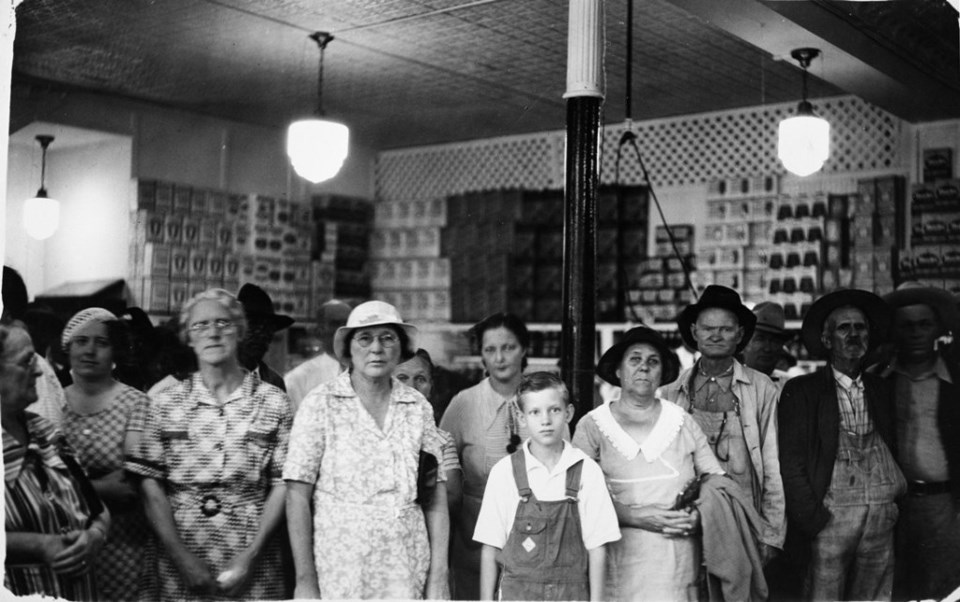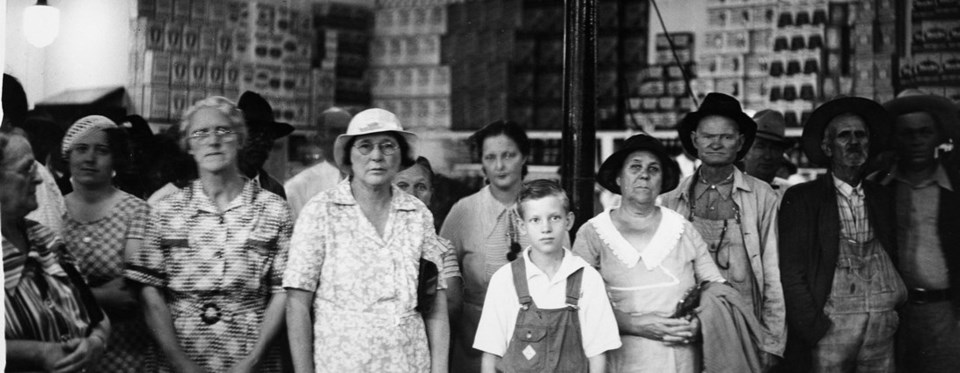A deep dive into the past of any American city rarely leaves a satisfying feeling. Plano history is no different, with the uncomfortable truths that precede its progresses and success. Now a diverse city of approximately 275,000 people spanning seventy-one square miles, Plano was first a rural farming colony with a single general store and post office. That was 1845, when the Peters colony arrived and decided to settle on Native land. They weren’t the first to try, with Europeans vying for the land as early as the 1830s, but they were the ones who stuck.
Plano History: Tribes of Native Americans
Three different tribes of Native Americans lived in the northeast Texas area: Comanche, Caddo, and Wichita. The Natives did not want to be robbed of their home, but engaged in negotiations with the settlers, who grew irate and chose a murderous path to ending negotiations and acquiring land. Many of the tribes fled to Oklahoma for safety, facing diminishing populations due to both violence and diseases from the colonizers.

Read more: The Masonic Lodge is Plano’s most haunted building
Plano History: Farming Community
In 1852 the colonists agreed on the name ‘Plano’, the Spanish word for ‘flat’, which they understood to mean ‘plain’. The town wasn’t incorporated for another twenty-one years, and didn’t begin flourishing until the turn of the century when electric transportation connected Plano to most of northeast Texas’ cities. This advancement in transportation technology made room for easier exploration, business, and communication for the small farming community, as well as economic growth.
Plano History: Population Boom of the 1970s
Plano remained a farming community until the 1970s, when land reappraisal and tax increases lead to diminishing farmland but huge population increase. By 1980, the population had gone from 17,000 residents to 72,000 in ten years, with many newcomers from outside Texas drawn in by large corporations creating headquarters in Plano. As Dallas became a hub for businesses and corporations, Plano followed, and now holds headquarters and offices for a myriad of companies. Collin County is now home to 22 Fortune 500 companies, many of which can be found in Plano.
Read more: The Wooden Spoon offers Scandinavian gifts and goodies in downtown Plano
Through frequent, destructive fires or reconstruction, much of Plano’s oldest sites are long gone. But the past hasn’t completely vanished. You can step back into history through the various sites that have been preserved, such as the Heritage Farmstead Museum, an 1891 farm located on 15th Street, or historic downtown Plano’s buildings, which date back to 1896. These establishments won’t erase the grisly history of how we got here, but they demonstrate how far we’ve come, and encourage us to keep the past in mind as we forge our future.




